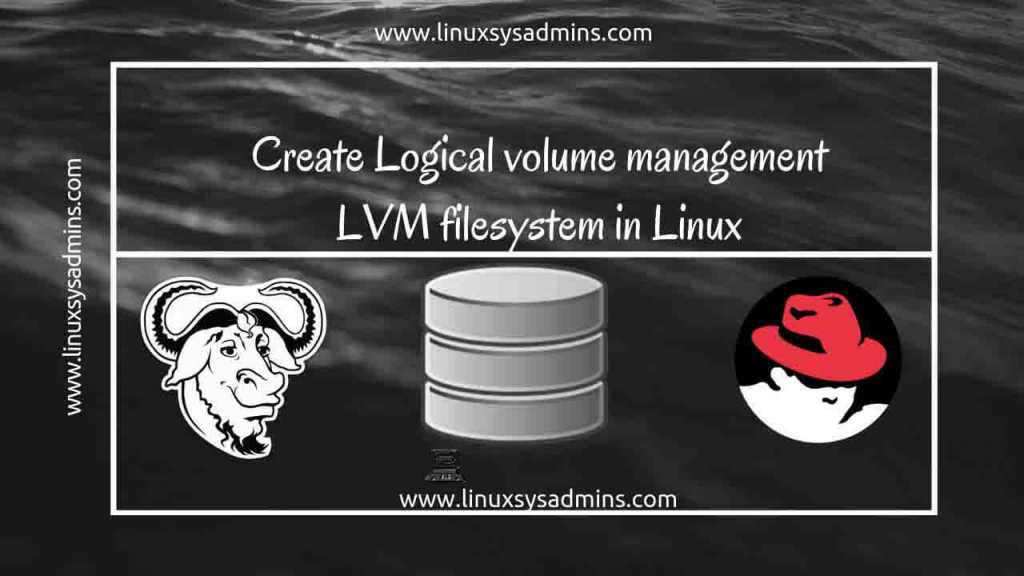Convert from a single partition boot device to LVM. File System contains all of the files for Linux and user files into a system need a separate partition for /boot and LVM.
Storage Servers
Posted on:
Create Logical volume management LVM file-system in Linux
Creating an LVM flexible filesystem in Linux server using Logical volume management (LVM) which helps to expand from small size to large in size on the fly.
Automation
Posted on:
Create a Logical volume using Ansible
In our last guide, we have seen how to manage user accounts using ansible. By following in this guide let us see how to create a new logical […]

